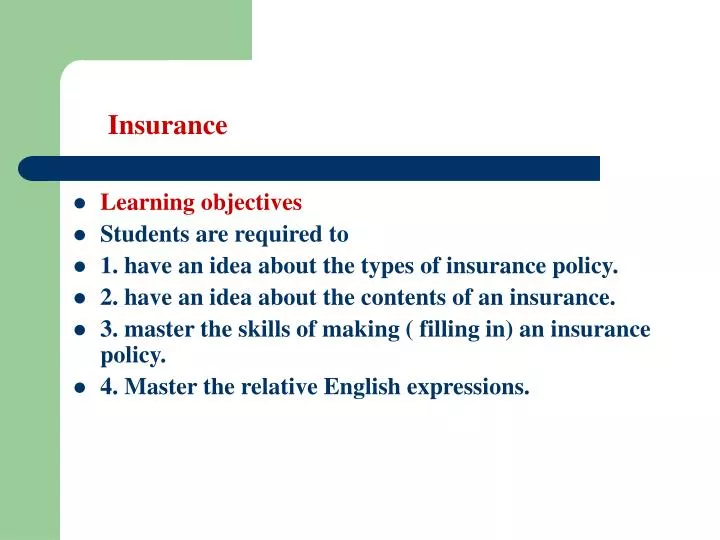10 Easy Facts About Pacific Prime Explained
10 Easy Facts About Pacific Prime Explained
Blog Article
Not known Facts About Pacific Prime
Table of ContentsThe Best Strategy To Use For Pacific PrimePacific Prime Can Be Fun For AnyoneThe Only Guide for Pacific PrimeSome Known Factual Statements About Pacific Prime The 8-Second Trick For Pacific Prime

This is due to the fact that the information were accumulated for a period of solid financial performance. Of the approximated 42 million individuals who were uninsured, just about regarding 420,000 (regarding 1 percent) were under 65 years of age, the age at which most Americans end up being eligible for Medicare; 32 million were grownups between ages 18 and 65, around 19 percent of all grownups in this age team; and 10 million were children under 18 years of age, regarding 13.9 percent of all youngsters (Mills, 2000).
These estimates of the number of individuals uninsured are generated from the yearly March Supplement to the Present Populace Study (CPS), carried out by the Demographics Bureau. Unless otherwise kept in mind, national estimates of people without health insurance and proportions of the populace with various kinds of coverage are based on the CPS, one of the most commonly used resource of quotes of insurance coverage and uninsurance rates.
Pacific Prime - An Overview
:max_bytes(150000):strip_icc()/how-does-insurance-sector-work.asp-FINAL-1ccff64db9f84b479921c47c008b08c6.png)
Still, the CPS is specifically useful since it produces yearly quotes relatively promptly, reporting the previous year's insurance policy coverage estimates each September, and since it is the basis for a regular set of price quotes for greater than twenty years, permitting analysis of patterns in protection with time. For these factors, as well as the comprehensive use of the CPS in various other studies of insurance policy protection that exist in this report, we rely upon CPS price quotes, with constraints kept in mind.

The estimate of the variety of without insurance people expands when a populace's insurance policy status is tracked for several years. Over a three-year duration starting early in 1993, 72 million individuals, 29 percent of the united state populace, lacked insurance coverage for a minimum of one month. Within a solitary year (1994 ), 53 million people experienced at least a month without coverage (Bennefield, 1998a)
6 out of every 10 uninsured adults are themselves employed. Although functioning does improve the possibility that and one's relative will certainly have insurance coverage, it is not a guarantee. Even members of family members with 2 full time breadwinner have virtually a one-in-ten chance of being uninsured (9.1 percent uninsured rate) (Hoffman and Pohl, 2000).
An Unbiased View of Pacific Prime
New immigrants make up a considerable proportion of individuals without medical insurance. One analysis has associated a substantial portion of the recent development in the size of the U.S. uninsured population to immigrants who showed up in the nation between 1994 and 1998 (Camarota and Edwards, 2000). Current immigrants (those who concerned the USA within the past four years) do have a high rate of being without insurance (46 percent), but they and their children represent just 6 percent of those without insurance policy nationally (Holahan et al., 2001).
The relationship between medical insurance and accessibility to care is well developed, as recorded later in this phase. The connection between wellness insurance and health outcomes is neither direct nor basic, a comprehensive scientific and wellness solutions study literature web links health insurance protection to enhanced accessibility to care, much better quality, and enhanced individual and population health and wellness condition.
Levels of evaluation for checking out the effects of uninsurance. It concentrates especially on those without any kind of health and wellness insurance for any size of time.
The Basic Principles Of Pacific Prime
The troubles faced by the underinsured remain in some respects comparable to those faced by the without insurance, although they are usually much less extreme. international travel insurance. Uninsurance and underinsurance, nevertheless, entail distinctly different plan issues, and the techniques for resolving them might differ. Throughout this research study and the 5 reports to follow, the major emphasis is on individuals without medical insurance and hence no help in spending for wellness treatment past what is offered with charity and safeguard organizations
Wellness insurance is a powerful aspect impacting invoice of treatment due to the fact that both clients and physicians react to the out-of-pocket rate of solutions - https://ameblo.jp/pacificpr1me/entry-12846866195.html. Health and wellness insurance policy, nevertheless, is neither essential nor enough to get to clinical services. Nevertheless, the independent and straight effect of wellness insurance protection on accessibility to health services is read more well developed.
Others will obtain the healthcare they require also without medical insurance, by paying for it out of pocket or seeking it from service providers who use treatment complimentary or at highly subsidized rates. For still others, health and wellness insurance policy alone does not make sure receipt of treatment because of other nonfinancial barriers, such as a lack of health treatment carriers in their community, limited access to transportation, illiteracy, or etymological and social differences.
Pacific Prime - The Facts
Official study about without insurance populaces in the USA dates to the late 1920s and very early 1930s when the Committee on the Cost of Treatment produced a collection of reports concerning financing medical professional office brows through and hospitalizations. This problem came to be salient as the varieties of clinically indigent climbed during the Great Anxiety.
Report this page